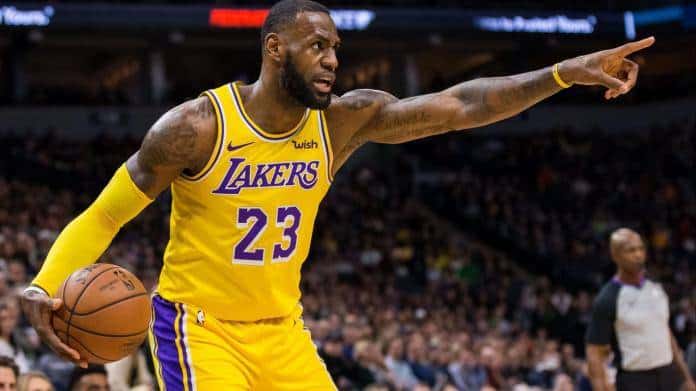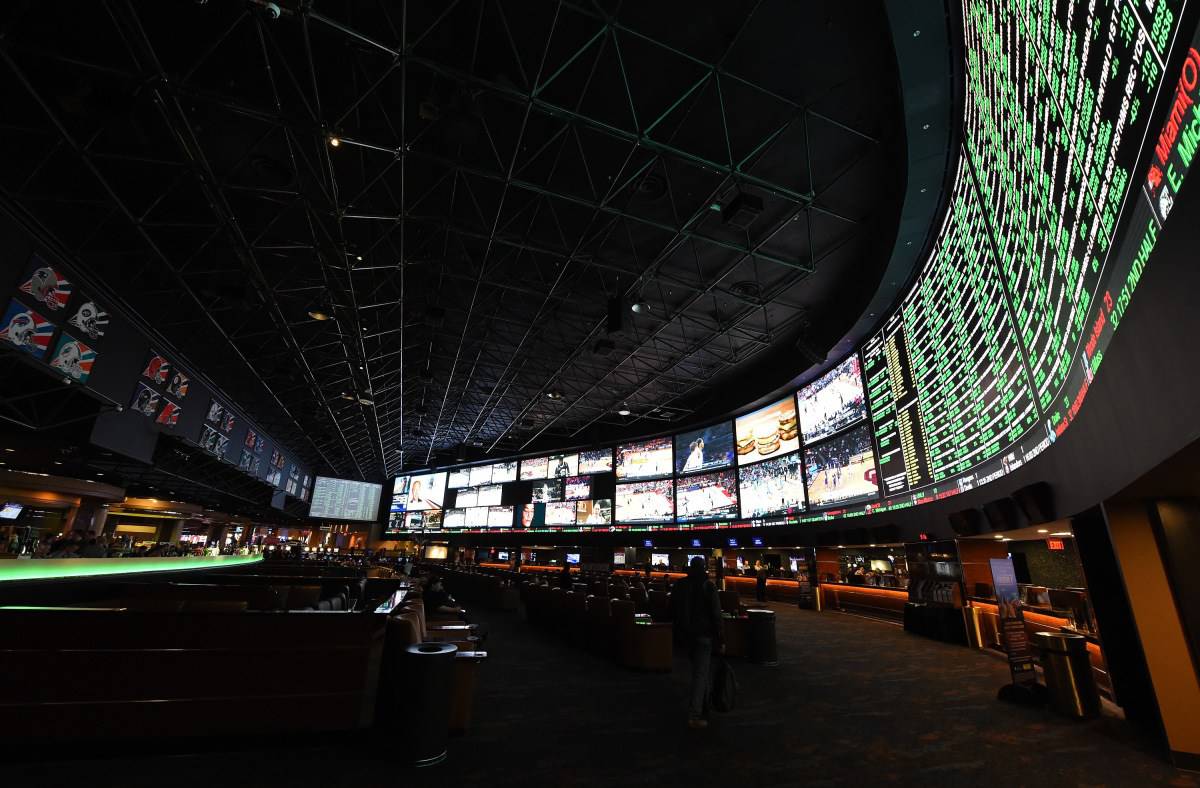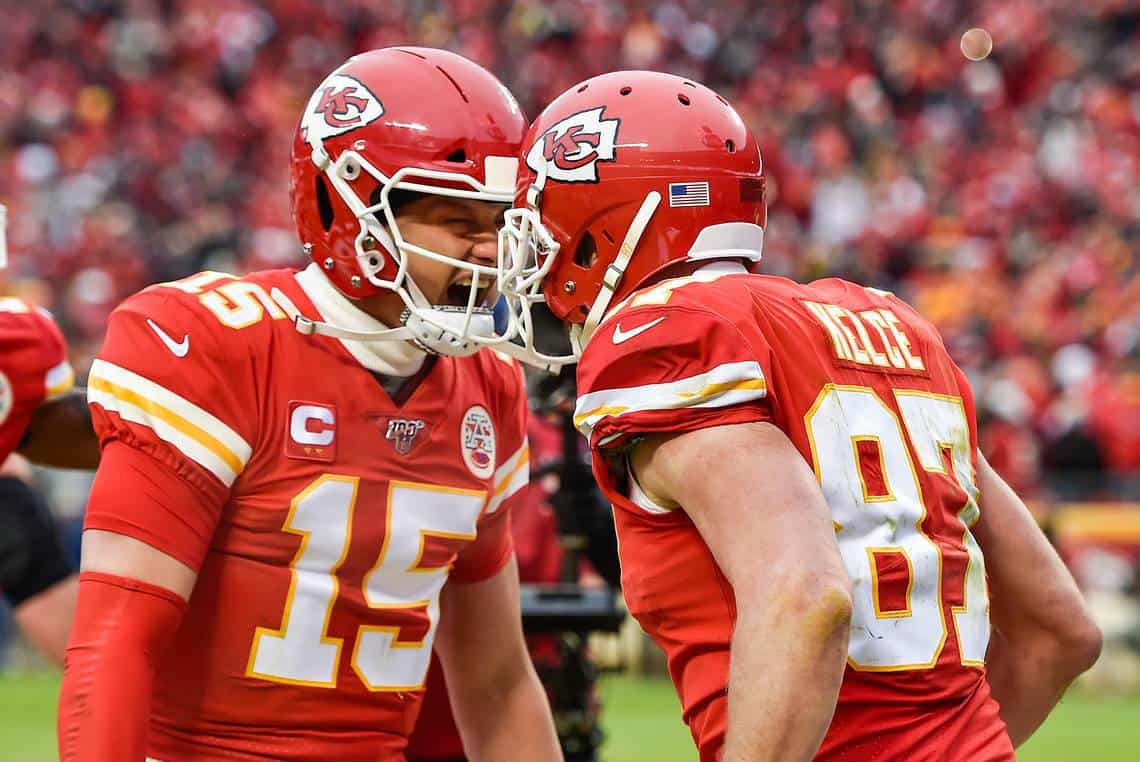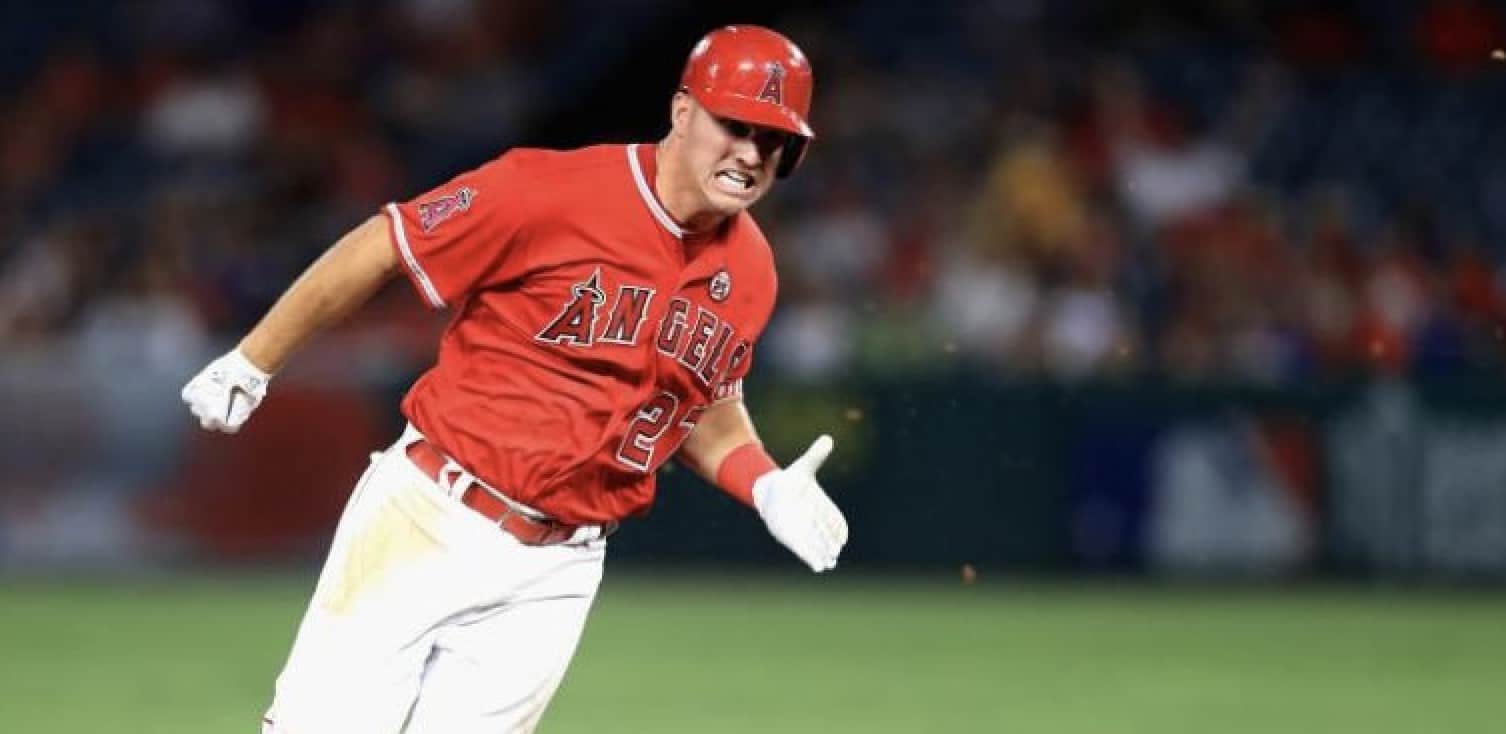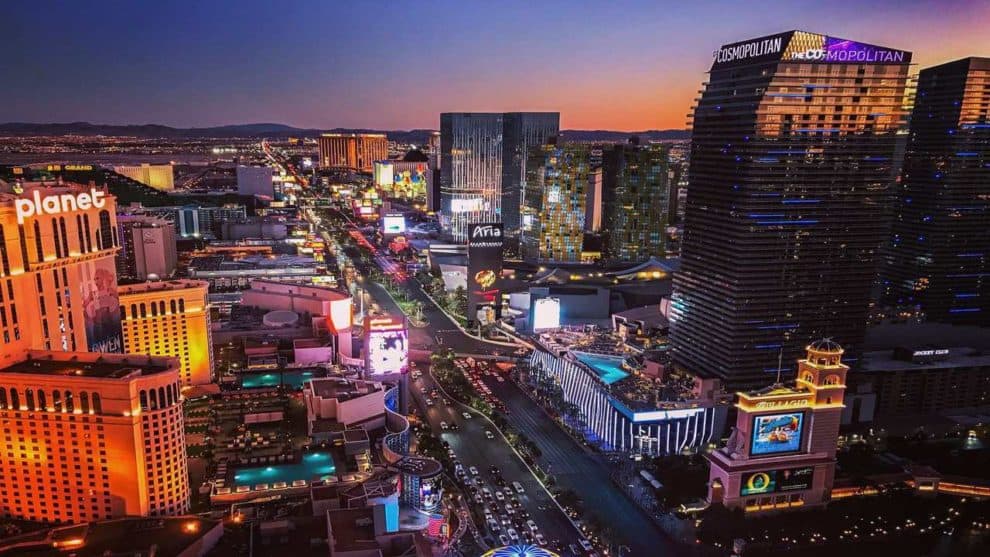
- Las Vegas hotel revenue metrics are up despite lower visitation.
- One reason–forcing visitors to pay for amenities that were once free or available for a nominal charge.
- This ‘strategy’ works when demand is high, but has a significant downside risk.
We’re nearly two and a half years out from the unprecedented shutdown of Nevada’s gaming industry due to the COVID-19 pandemic. The Las Vegas area’s tourism and gaming metrics are starting to return to where they were before the start of the pandemic. That’s the ‘net net’, but the full story is much more complex. The Las Vegas Convention and Visitors Authority (LVCVA) does a great job of serving up and contextualizing the relevant data measuring the city’s tourism and gaming economies. The most recent comparison of pre to post COVID (May 2022) reveals some interesting trends:

What are historically the most significant metrics are still down from their pre-COVID levels. This includes visitor volume, hotel occupancy rates and air travel into and out of the 702. The traffic at the NV/CA border–used to get some idea of the ‘drive up’ business from Southern California–is flat. This should all be bad news, but take a look at the ADR and RevPAR figures. ADR = average daily rate, which is a very simple concept. It’s the average revenue that a hotel receives for each occupied guest room per day. Here’s how ADR is calculated:
Determining ADR is actually a very simple process. A hotel’s average daily rate is calculated by dividing the revenue earned from room sales on any given night by the number of rooms sold that night. It’s important to note that the number of rooms sold does not include out-of-order rooms, complimentary rooms, or overnight staff rooms. It also doesn’t include a hotel’s total available number of guest rooms.
The way Las Vegas hotels have traditionally worked is that when occupancy is down, so is the cost of the room per night. I remember ‘back in the day’ when late January was a slow time and you’d see rates as low as $19 per night. Simple ‘supply and demand’, right? Not in the current Las Vegas hotel market–in April, occupancy was down 7% from pre-COVID yet the ADR was a record $176.97. For Strip properties, it was $187.72 but downtown also enjoyed their biggest ADR ever at $103.36. April 2019 had ADR of $118.66 (total), $141.37 (Strip) and $58.21 (downtown). May 2022 ADR remained strong and was just a few dollars off from the previous month.
The other important revenue stat is ‘RevPAR’ which stands for ‘Revenue Per Available Room’. Many hospitality industry experts consider this more important than the ADR. Here’s a more detailed explanation:
RevPAR represents the revenue generated per available room, whether or not they are occupied. RevPAR helps hotels measure their revenue generating performance to accurately price rooms. Since it’s such a widely used metric, RevPAR can help hotels measure themselves against other properties or brands.
The Las Vegas market RevPAR was also up significantly in April and May 2022 versus April and May 2019. The room inventory experienced a slight uptick, meaning that there was actually more capacity post COVID than pre COVID. There are some legitimate reasons for higher rates–inflation, for example, which makes labor and supplies more expensive. There’s also a trend toward ‘nickle and diming’ guests, making them pay for amenities that were once complimentary. Las Vegas is particularly bad about this–the most recent example of absurd pricing: if you’re a guest at The Bellagio you’ll pay $200 per person for a poolside lounge chair:
The Bellagio resort in Las Vegas, where room rates run several hundred dollars a night, will save you a poolside seat on the Friday of Labor Day weekend—for $200 a person. That gets you a standard lounge chair, side table, umbrella and towels. Don’t confuse it with a cushier daybed or cabana, which will set you back $575 or $1,200.
Excalibur Hotel & Casino, the Bellagio’s budget cousin, is asking $125 for two chairs at its Spring pool, slightly less than the nightly room price. Perks include shade, a bucket of ice and cold water.
Free parking in Las Vegas is now as much of an anachronism as ‘coin in’ slot machines. Don’t forget about the ‘Resort Fees’–this mandatory surcharge was purportedly added to cover ‘amenities’ but now it’s little more than a cash grab. At some places, you’ll get free Internet. At the Bellagio, for example, you can book a room from August 4 through the 11 for an average of $479.29 per night. For $498.29 per night you can add $75 daily food and beverage credit. Plus the $45 daily resort fee which gets:
The resort fee includes: Property-wide high speed internet access (public spaces and in-room), unlimited local and toll free calls, airline boarding pass printing, and fitness center access for guests 18+.
I travel with my own 5G Internet connection, use my cellphone for calls, use the airline app for boarding passes and work out in the room. I can only imagine the laughter were I to ask for my $45 per day resort fee to be credited. I’m not particularly price sensitive, but at some point it becomes absurd. There will always be those who are willing to pay for luxury, VIP treatment and the like. That said, you can’t fill 150,000 rooms per night with ‘high rollers’. The ‘add on fee’ bubble can be sustained for only so long before it starts to impact visitation. This is true for both leisure and business travel. The pandemic changed the nature of business travel dramatically–and in my view permanently. Las Vegas isn’t the only city with luxury hotels and fine dining. At some point, the ‘suckers’ will catch on to the scam and make alternate travel plans.






